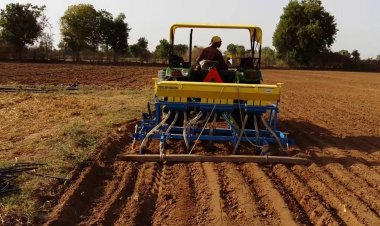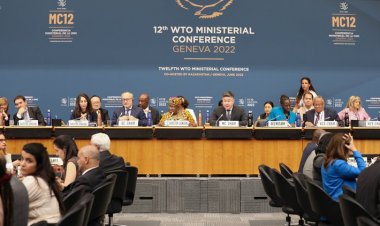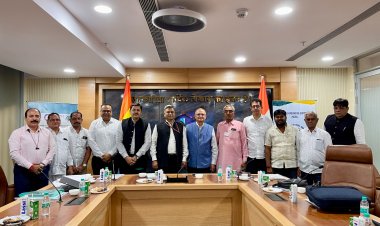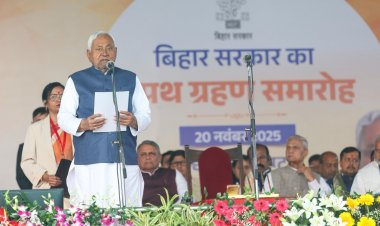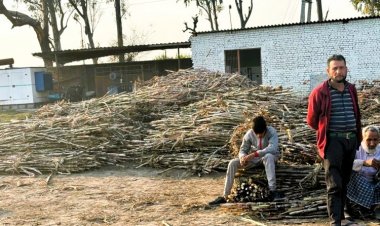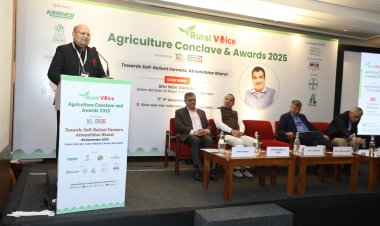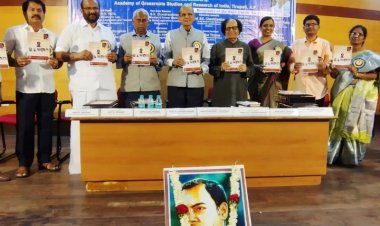Cabinet approves new rates of fertilizer subsidy under NBS for Kharif 2023, provision of Rs 38,000 crore
The Union Cabinet has approved the new subsidy rates for the Nutrient Based Subsidy (NBS) scheme for subsidy on deregulated fertilizers for the Kharif 2023 season (April 1, 2023 to September 30, 2023). A provision of subsidy of Rs 38,000 crore has been made for this period. The new subsidy rates have been approved in the meeting of the Union Cabinet chaired by Prime Minister Narendra Modi on May 17.
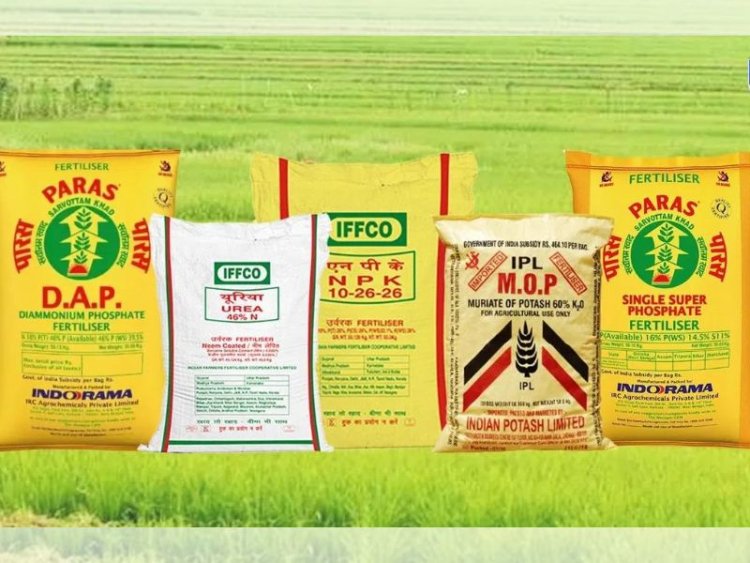
The Union Cabinet has approved the new subsidy rates for the Nutrient Based Subsidy (NBS) scheme for subsidy on deregulated fertilizers for the Kharif 2023 season (April 1, 2023 to September 30, 2023). A provision of subsidy of Rs 38,000 crore has been made for this period. The new subsidy rates have been approved in the meeting of the Union Cabinet chaired by Prime Minister Narendra Modi on May 17.
Under NBS, subsidy rates are fixed for Nitrogen (N), Phosphorous (P), Potash (K) and Sulphur (S). The decontrolled fertilizers include Di-Ammonium Phosphate (DAP), Muriatic of Potash (MOP), Single Super Phosphate (SSP) and complex fertilizers produced from N, P, K and S. There is a possibility of change in the rates of Kharif season as compared to the fixed NBS subsidy rates for Rabi season (October, 2022 to March 31, 2023), however, the change in subsidy rates on these will be known only after the notification is issued by the Department of Fertilizers.
According to sources, subsidy rates of most nutrients are likely to be cut. Since December 2022, the prices of urea, DAP and their raw materials ammonia and phosphoric acid have come down drastically, giving the government an opportunity to cut subsidy rates. However, there is little chance of change in the prices of fertilizers despite the change in subsidy rates.
In a pressnote released by the government after the decision of the cabinet, it has been said that the government will give a subsidy of Rs 38,000 crore in the Kharif, 2023 season for P&K fertilizers. Its objective is to ensure availability of P&K fertilizers to the farmers at reasonable prices. Under NBS, the government gives subsidy on 25 grades of P&K fertilizers. The government said that due to this decision, the availability of these fertilizers at a reasonable price to the farmers would be ensured. At the same time, the subsidy being given on P&K fertilizers will also be rationalised.
The government has made a provision of a total fertilizer subsidy of Rs 1.75 lakh crore in the budget for the current financial year (2023-24). Of this, subsidy of Rs 1.31 lakh crore is for urea while the remaining subsidy is for decontrolled fertilisers. Decontrolled fertilizers are subsidized under NBS and their prices are fixed by the producer companies. What will be the effect of the latest decision of the government on the prices of fertilizers, it will be clear only after the notification of NBS rates. But it is expected that the government will try to strike a balance between the prices of MOP and other complex fertilizers and DAP in the new rates.
At present, the price of DAP for farmers is Rs 1350 per bag (50 kg), while the price of MOP and complex fertilizers is more than this. Till last year, the prices of complex fertilizers were lower than that of DAP. But at present the prices of complex fertilizers of different grades are between Rs 1400 to Rs 1500 per bag.



 Join the RuralVoice whatsapp group
Join the RuralVoice whatsapp group

















